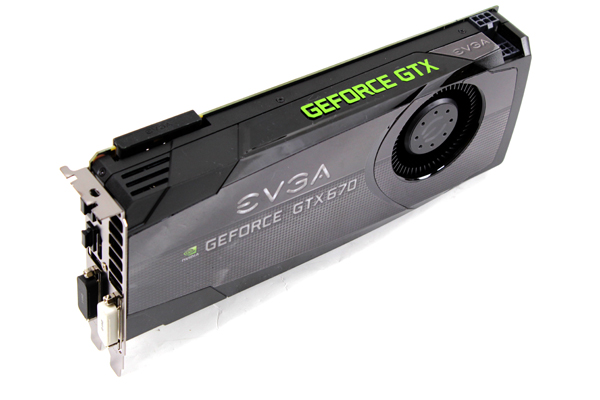
The GPU is overclocked from reference 915MHz to 1006MHz, while the memory is up from reference 1502MHz to 1552MHz (6208MHz effectively).
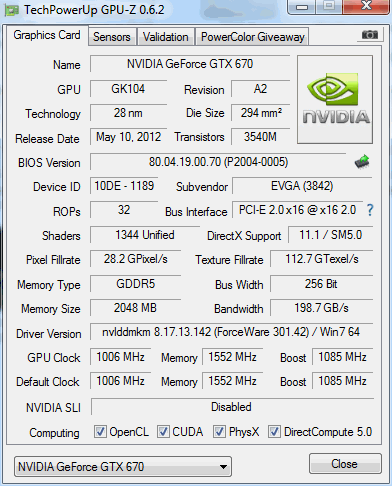
GTX 670 and GTX 680 graphics cards use the GK104 GPU. EVGA set the GTX 670 FTW’s clocks at 1006MHz, which is the reference clock on the GTX 680. Naturally, performance can’t be the same because the GTX 670 comes with one SMX unit less. This means that the GTX 670 has 1344 CUDA cores while the GTX 680 has 1536 CUDA cores.
Both the GTX 670 and GTX 680 feature identical memory subsystems, packing four 64-bit memory controllers and 2GB of GDDR5. As we already said, EVGA’s GTX 670 FTW comes factory overclocked.
EVGA GTX 670 FTW’s packaging is more or less standard. EVGA ships a large poster and a badge with the card. The rest of the contents are listed below.
In the box you’ll find:
User Guide
Quick Installation Guide
Driver DVD
A small note about PCIE 3 compatibility
A new sticker set (Enthusiast Built)
EVGA Ful Size Poster
EVGA Case Badge
DVI to VGA Dongle
2x Molex to 6-pin Power Adapter
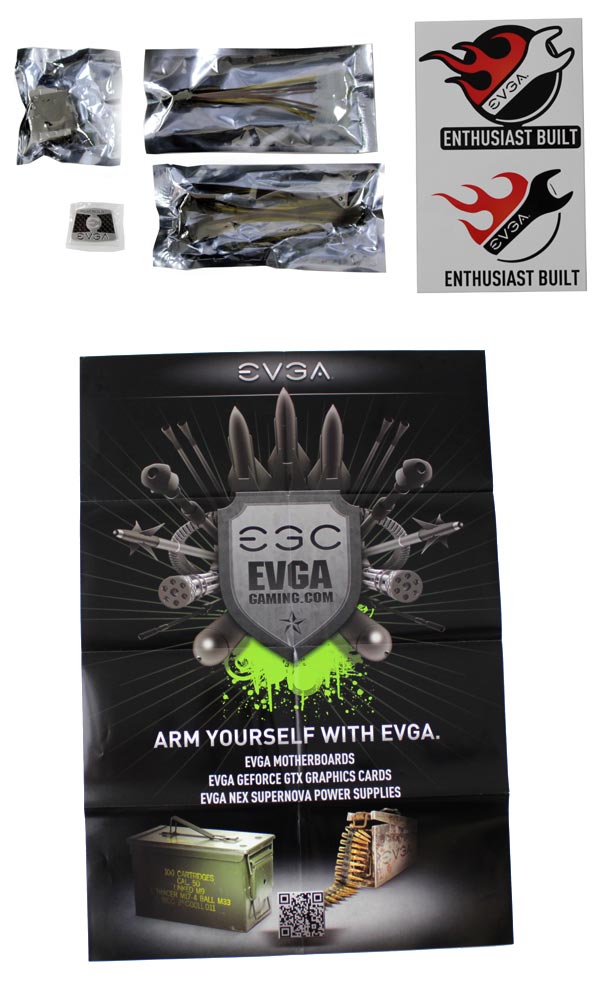
Nvidia uses a shorter PCB in order to cut costs, but EVGA didn’t want to skimp here so the company threw in the GTX 680’s PCB and cooling solutions. Note that doing this was not very difficult since both the GTX 680 and GTX 670 use the GK104 GPU and identical memory subsystems.
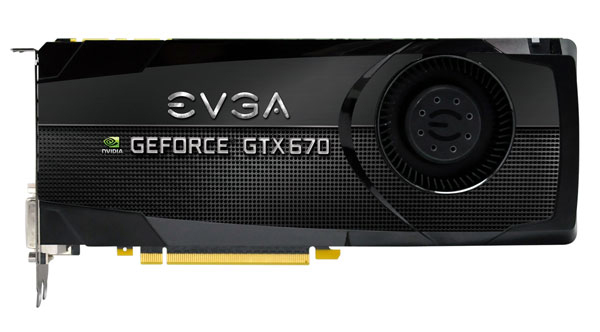

GTX 670’s reference cooling did really well when it comes to performance and noise. The fan is not very loud and working next to a GTX 670 under full load is quite comfortable. Still, reference cooling turns loud quickly once the GPU is overclocked. EVGA GTX 670 FTW’s GPU is overclocked by 91MHz (1006MHz), something which would be too much for the reference cooler to remain silent. However, EVGA ended up using a cooler that did great on performance and noise tests, which we will cover in more detail later on.
GTX 670 FTW is 25,4cm long, just like the GTX 680, while the reference GTX 670 is 24cm long. Although the actual difference in size of GTX 670 and GTX 680 is negligible, their PCBs are in fact sized differently. The difference is 8.2cm. The picture below first shows the GTX 670 FTW, followed by the GTX 670 Superclocked.
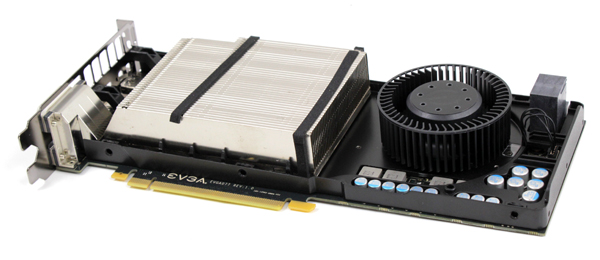
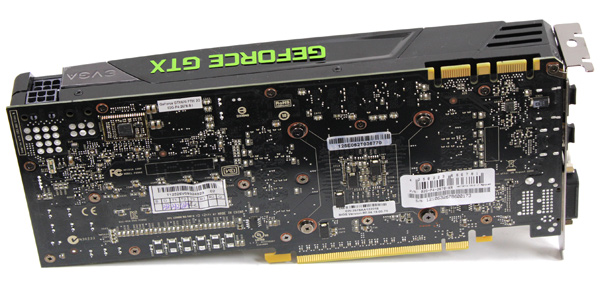
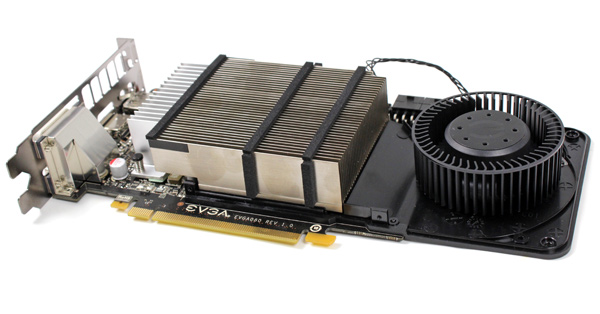
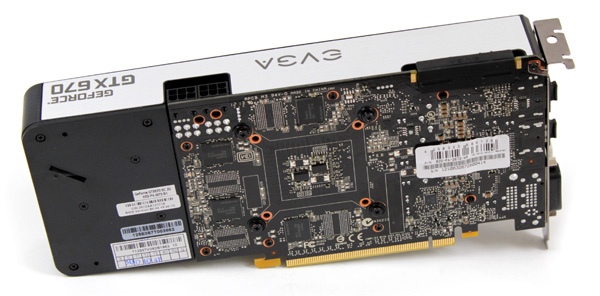
EVGA’s GTX 670 FTW packs a total of 2GB of GDDR5, in eight memory modules. EVGA used Hynix memory chips (model No: H5GQ2H24AFR-R0C), which are specified to run at 1500MHz (6000MHz GDDR5 effectively). EVGA overclocked the memory to 1552MHz (6208MHz effectively).
EVGA’s GTX 670 FTW draws power via two 6-pin power connectors, just like the reference version of the card. Thanks to GTX 680’s PCB, EVGA’s GTX 670 FTW offers superior TDP settings changes (all the way up to +145 percent)
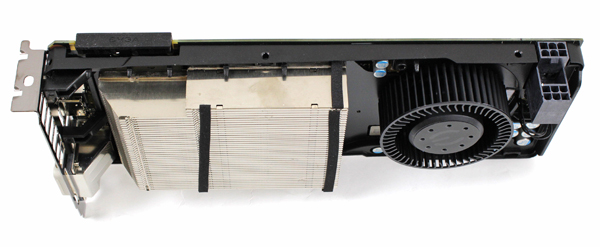
Back when we were testing the GTX 670 Superclocked, we thought EVGA’s backplate would come in pretty handy. Unfortunately, we weren’t granted the wish with the GTX 670 FTW. In case you want it, you’ll have order the GTX 680’s backplate. Naturally, this is not something that you must have, but it does look nice.
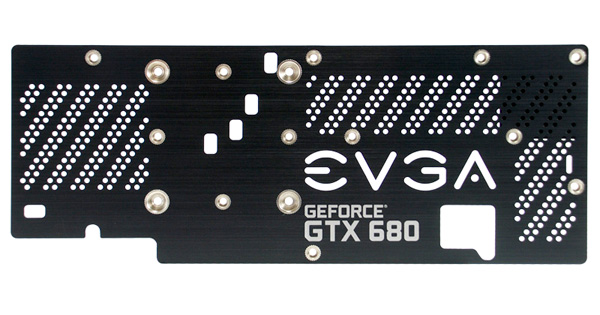
The I/O panel has two dual-link DVIs, one HDMI and one Display Port. DVI-to-VGA dongle can only be used on the DVI-I out. The protective caps are quite a nice touch. GTX 680/670 graphics card can run four displays at the same time.
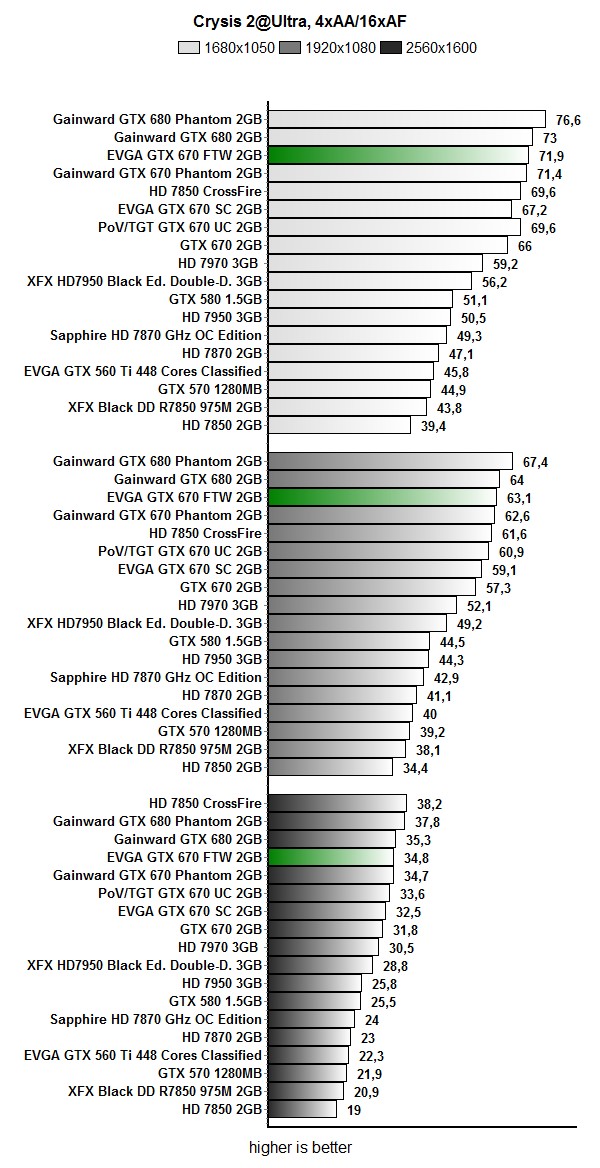
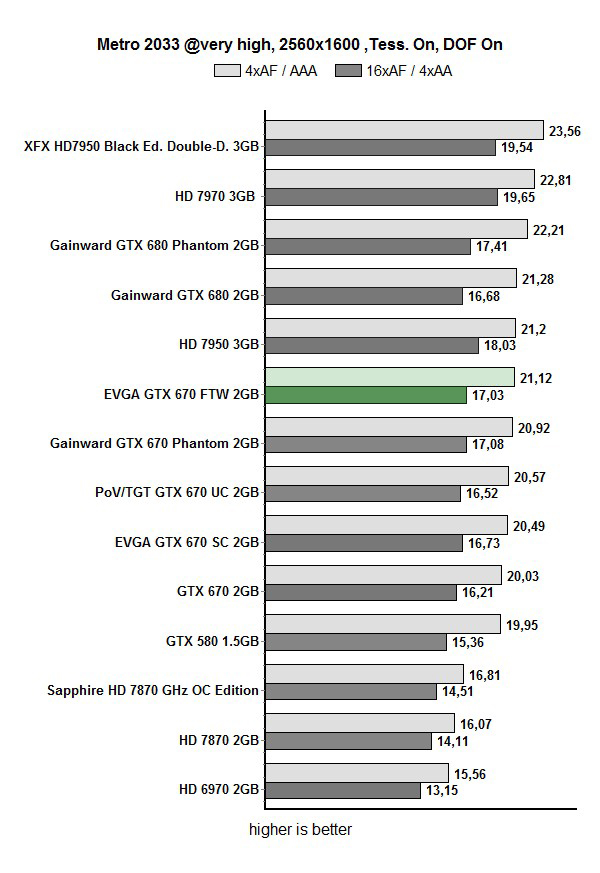
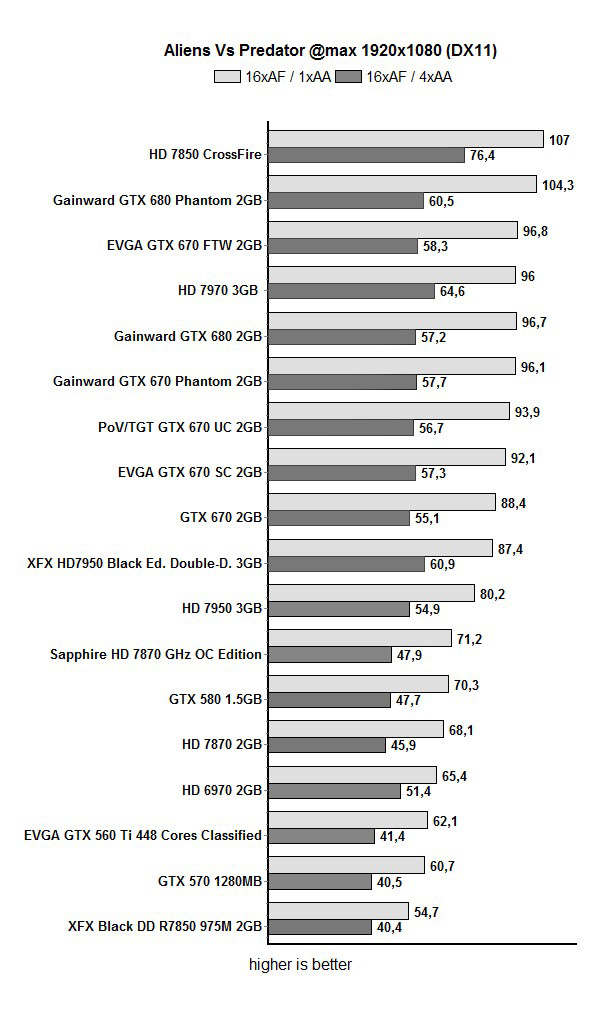
it’s clear that EVGA’s GTX 670 For The Win is in fact a winner. The factory overclock ensured that the card scores really close to the GTX 680, which is quite appealing, especially after considering the difference in price. When buying any graphics card, especially the factory overclocked cards, we usually look at the cooling first. In many cases you’ll get higher clocks and improved performance at the expense of silence. This is not the case with EVGA’s GTX 670 FTW, which remains silent in pretty much any scenario.
The GTX 670 FTW is priced at about $420,Considering the silence and a high factory overclock, we could say it’s worth it. Gaming performance of the GTX 670 is hardly worth discussing any more, since they are among the fastest graphics cards on the market. Since availability of GTX 680 cards is yet to become healthy, those waiting for one may find EVGA’s GTX 670 For The Win to be a worthy alternative, if not replacement.bysanjinrados
No comments:
Post a Comment